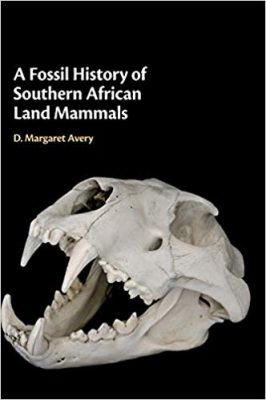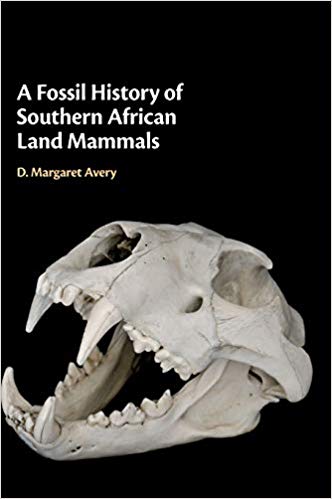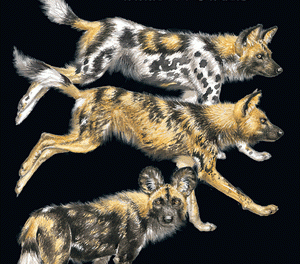 Author: D. Margaret Avery
Author: D. Margaret Avery
Publisher: Cambridge University Press – 315 pages
Book Review by: Sonu Chandiram
About 180 years ago in 1839, the first report of discovery of the fossil of a South African mammal was published, writes the author of this book Dr. Margaret Avery in the Preface. She mentions about a ‘Victorian penchant for the recognition and collection of artifacts’ attributing it to someone named Underhill in a 2011 publication.
About 18 years later, in 1857, T.H. Bowker found some artifacts at the mouth of the Fish River. Also, in 1866, a stone implement from the Paleolithic period discovered in Capetown was sent to England for analysis, further investigation, and collection.
But it was not until 1909 that work began in earnest among paleontologists. In 1925, a report on the discovery of Australopithecus Africanus was published, and that event gave a major boost to South African mammalian paleontology. In the 1920s also, artifacts found in South West Africa (later named Namibia) made that country an important source of discoveries for paleontologists, particularly for Eocene and Miocene mammalian evolution.
By the second half of the 1930s, material was also found in the rich limestone caves in the Transvaal region. This area has continued to be a rich source of anthropological and archaeological findings.
This book is essentially a valuable record of discoveries pertaining to land-based mammals that roamed in the various regions of southern Africa.
We list below its seven chapters to give you a sort of bird’s eye view of its contents:
- Background
- History and Rationale
- Southern Africa
- Mammals
- Sites
- Mapping
- Dating
- The Eocene
- Eocene Mammals
- Eocene Sites
- The Miocene
- Miocene Mammals
- Miocene Sites
- The Pliocene
- Pliocene Mammals
- Pliocene Sites
- The Pleistocene
- Pleistocene Mammals
- Pleistocene Sites
- The Holocene
- Holocene Mammals
- Holocene Sites
- Present and Future
- The Current Situation
- The Way Forward
It is important that you read first chapter entitled Background thoroughly, because such reading prepares you on what to expect and how to find information on particular subjects, and how such information is organized.
For example, do you know what countries comprise ‘southern Africa’? In the book, the author writes that they include: Botswana, Lesotho, the southern half of Mozambique, Namibia, South Africa, Swaziland and Zimbabwe.
But an article in Wikipedia includes also includes Angola, Malawi, and Zambia. This region of Africa is well known to be a rich source of gems such as diamonds, and precious metals such as gold, and also metals such as cobalt, copper and uranium, particularly in South Africa, whose gross domestic product is many times larger than of all other countries in southern Africa.
Within each of the historical periods, you will find detailed information on the classifications of the mammals such as Order, Suborder, Family, and Subfamily, You will also find maps within southern Africa where mammals belonging to each Order, Suborder, Family, and Subfamily are found. Additionally, sources of the information such as authors and published dates of anthropology books or reports are provided in each chapter covering the historical era or period.
In sum, this is an excellent book with lots of highly detailed data and information on land mammals in southern Africa. Margaret Avery has done a highly commendably job in creating this very important resource, that is a valuable contribution to this field of science.
Author:
Dr. Margaret Avery is Emeritus Associate of Cenozoic Studies at Iziko Museums of South Africa, and History Researcher in the Evolutionary Studies Institute at the University of Witwatersrand, a multi-campus public research university situated in the northern areas of central Johannesburg in South Africa. It was founded in 1896 as the South African School of Mines in Kimberley and is the third oldest South African university in continuous operation. She is also Vice President of the Royal Society of South Africa.







